It's a New Day in Public Health.
The Florida Department of Health works to protect, promote, and improve the health of all people in Florida through integrated state, county, and community efforts.
Minority Health
Florida Department of Health in Santa Rosa County
- 850-983-5200
- PIO.CHD57@flhealth.gov
-
Mailing Address
P.O. Box 929
Milton, FL 32572-0929
What is Minority Health?
We cannot take a "one-size-fits-all" approach and should instead look at the individual needs. The graphic below represents this importance. A person who uses a wheelchair likely needs a ramp, not a step stool. By addressing individual needs, everyone is able to reach an orange on the tree!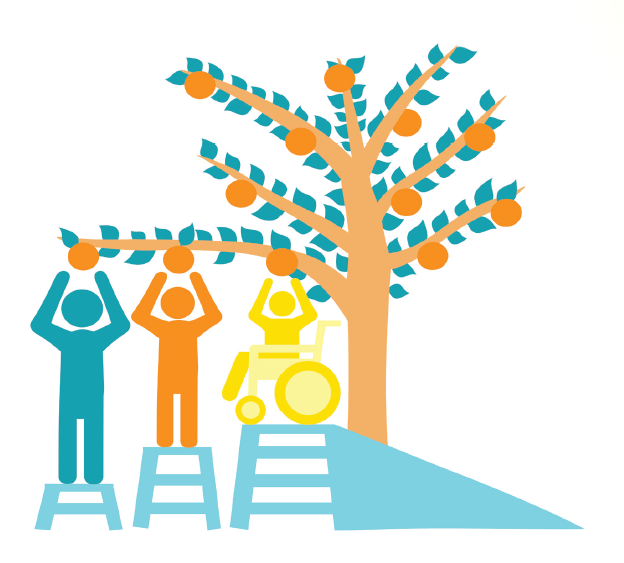
Social and Economic Barriers
Powerful, complex relationships exist between health and biology, individual behavior, health services, socioeconomic status, the physical environment, discrimination, racism, literacy levels, and legislative policies. These factors, which influence an individual’s or population’s health, are known as social and economic barriers.
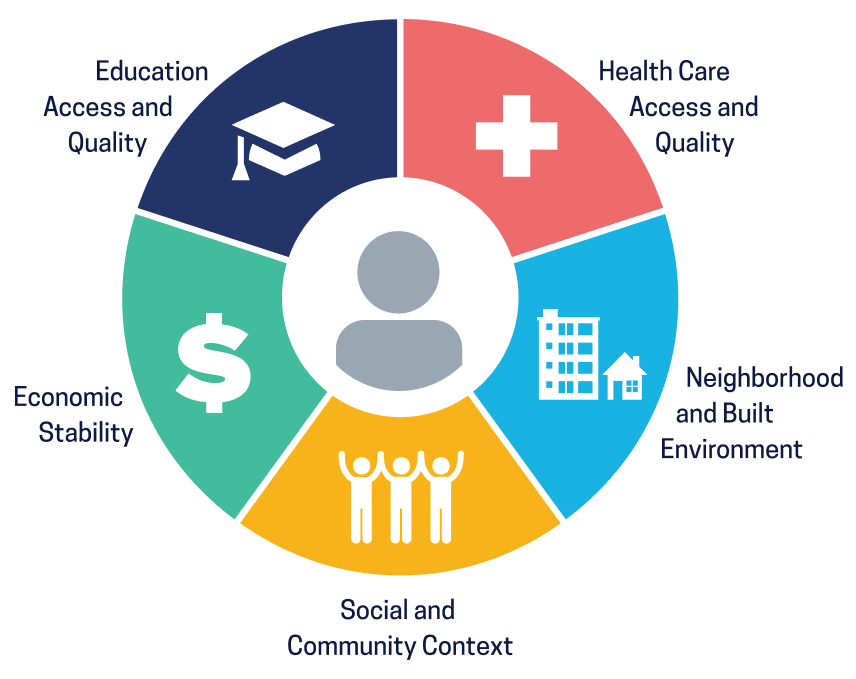
Examples of social and economic barriers include:
- High-quality education
- Nutritious food
- Decent and safe housing
- Affordable, reliable public transportation
- Culturally sensitive healthcare providers
- Health insurance
- Clean water and non-polluted air
Throughout the next decade, DOH-Santa Rosa will assess health disparities in our population by tracking rates of illness, death, chronic conditions, behaviors, and other types of outcomes in relation to demographic factors including:
- Race and ethnicity
- Gender
- Sexual identity and orientation
- Disability status or special health care needs
- Geographic location (rural and urban)
Health Equity Plan
The Florida Department of Health in Santa Rosa County (DOH-Santa Rosa) has partnered with the Office of Minority Health (OMM) to advance the quality of life and improve health outcomes for all residents in the community. A thorough review of data concerning health disparities and the Social and Economic barriers was conducted by DOH-Santa Rosa and can be viewed in the figures below. This review led to a focus on preventing childhood overweight and obesity through improving access to nutritious and affordable food.
A Health Equity Plan was created to assist in guiding the county’s efforts in developing projects to improve the health of children living in the county and ensuring the prioritizing of vulnerable populations. The Health Equity Plan is available to all members of the community and can be found here.
Santa Rosa Health Equity Plan - July 2022 to June 2025
DOH-Santa Rosa, in partnership with the UWF Haas Center, conducted a Food Access and Affordability Survey to measure Santa Rosa County residents’ perceptions on their access to affordable and nutritious food. The results of this survey will be used to identify key priorities and barriers that will be addressed in future projects to reduce food insecurity in the county.

Source: Florida Department of Health, Youth Tobacco Survey, 2020
Figure 1.The comparison between the percentage of students considered overweight and obese in Santa Rosa County compared to the Florida average by race and ethnicity.

Source: United States Bureau of the Census, American Community Survey, 2020
Figure 2.Comparing childhood poverty by race shows almost two times more Black children in Santa Rosa County lived in poverty compared to White children in 2020.
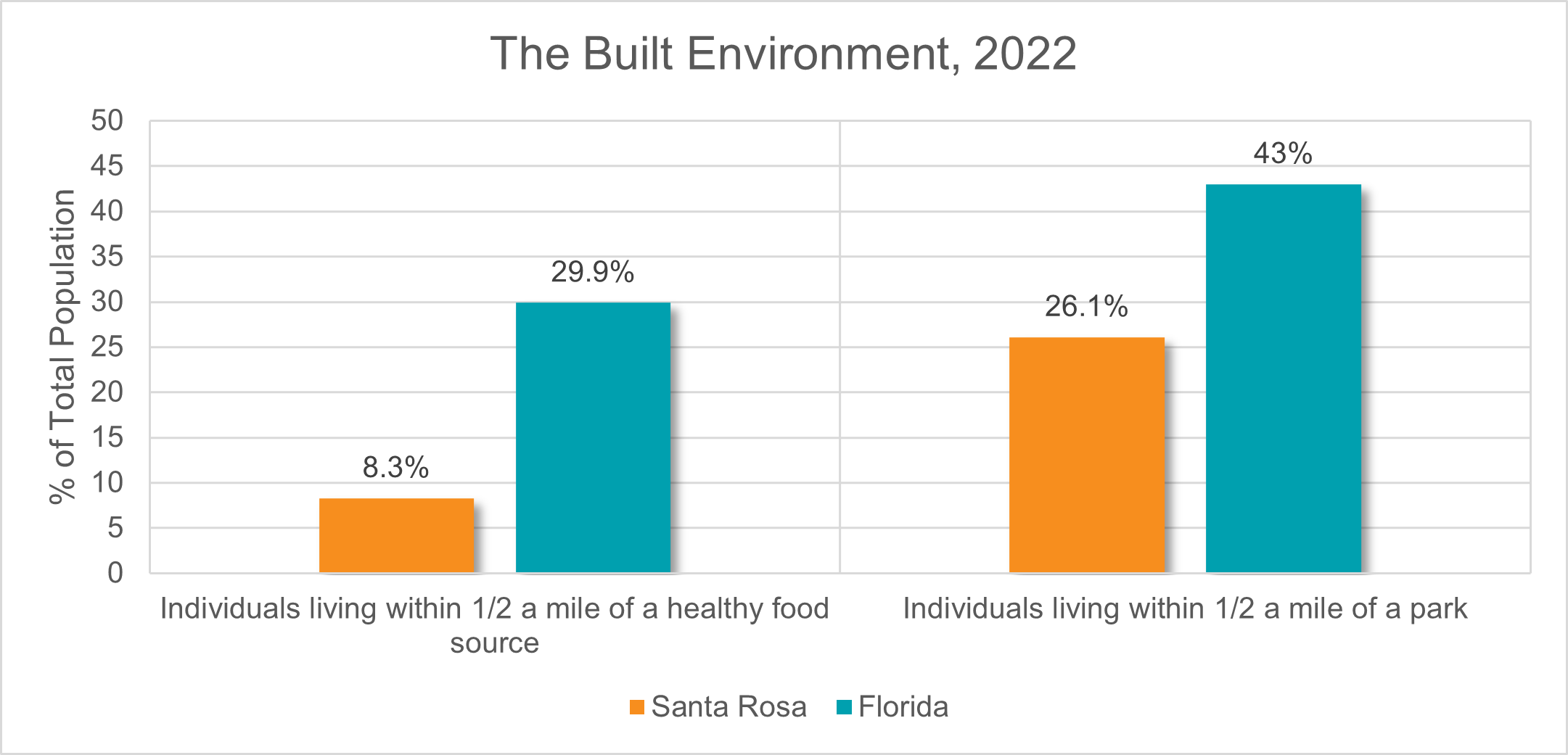
Source: United States Bureau of the Census, American Community Survey, 2022
Figure 3.Compared to the state average, 3.5 times fewer residents in Santa Rosa County live within ½ a mile of a healthy food source and 1.5 times fewer residents live within ½ a mile of a park.
Move Your Way Campaign
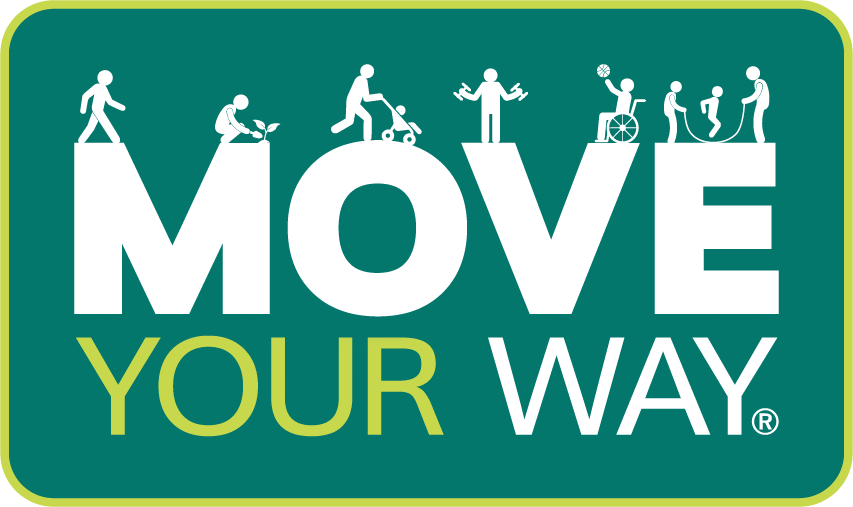 Physical activity is important for everyone to stay healthy. Kids and teens need at least 60 minutes of physical activity a day and whatever gets them moving counts!
Physical activity is important for everyone to stay healthy. Kids and teens need at least 60 minutes of physical activity a day and whatever gets them moving counts!
Physical activity can help kids:
- Sleep better
- Improve mood
- Achieve better grades
- Grow up strong and healthy
Check out our Healthy Lifestyle Toolkit to find out how you can Move Your Way.
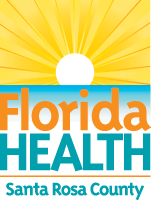
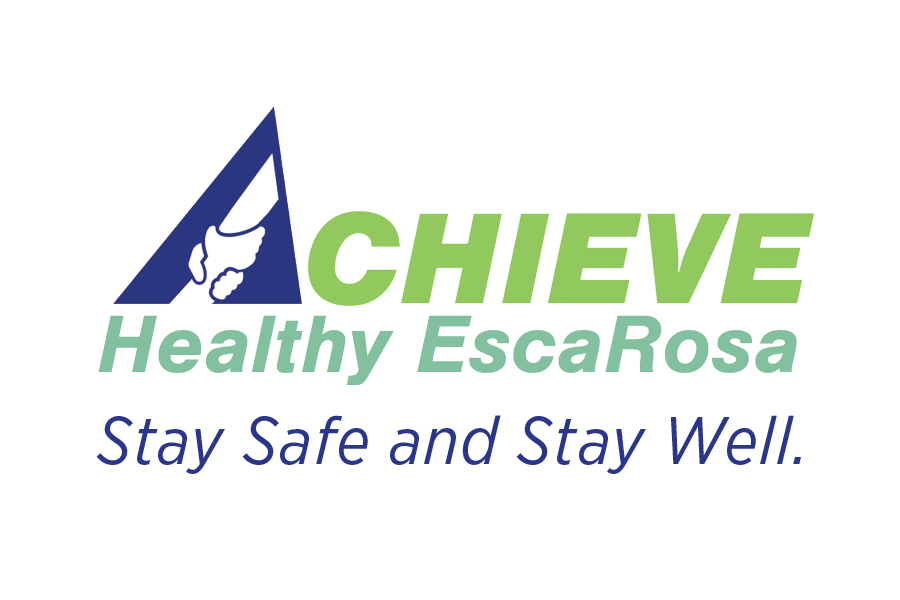



Connect with DOH